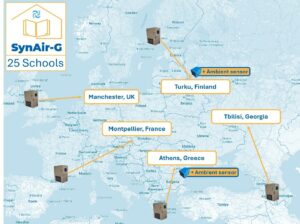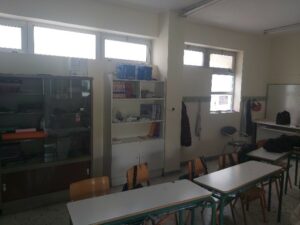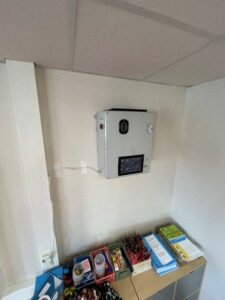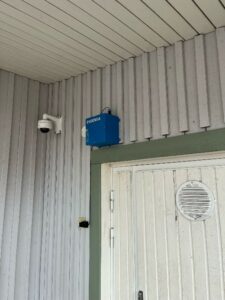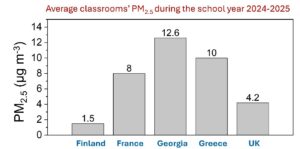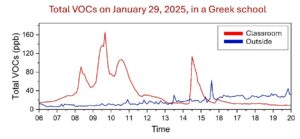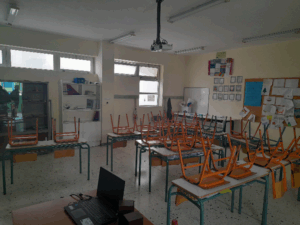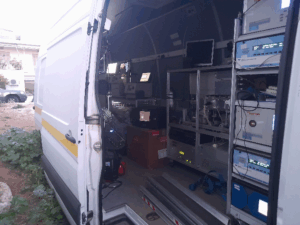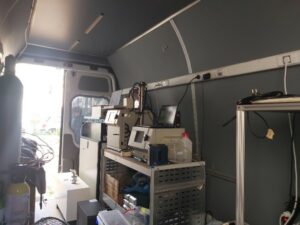The SynAir-G consortium held its Annual General Meeting on 6 & 7 October 2025 in Berlin, bringing together partners from across Europe for two days of productive collaboration, knowledge exchange, and forward planning.
Advancing Cross-European Research
The meeting showcased key developments in the project’s mission to improve indoor air quality and understand its impact on children’s health. Highlights included:
-
Air quality measurements collected from classrooms across five European countries
-
New pollen and fungi samples, expanding the project’s environmental dataset
-
ELISA test results contributing to insights on allergen exposure
-
Initial findings on children’s health indicators and immune responses
Together, these data points are laying the groundwork for comparable and trainable sensor technologies across diverse environments.
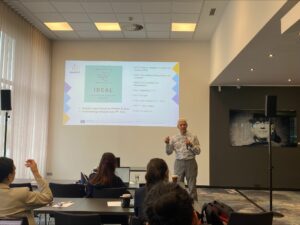


Natural Interventions for Cleaner Air
Another focal point was progress on clean air interventions. Partners shared promising updates on nature-based solutions—such as green walls, which are being used to naturally enhance indoor air quality in school settings.


Collaborative Workshops and Next Steps
The meeting also featured a series of interactive workshops, fostering in-depth discussions around methodology, guidelines, stakeholders engagement, and the next phases of the project. These sessions were instrumental in aligning partners on future goals and refining strategies moving forward.



Stay connected! Follow Synair-G on Twitter and LinkedIn, and subscribe to the SynAir-G Newsletter to receive latest updates.


